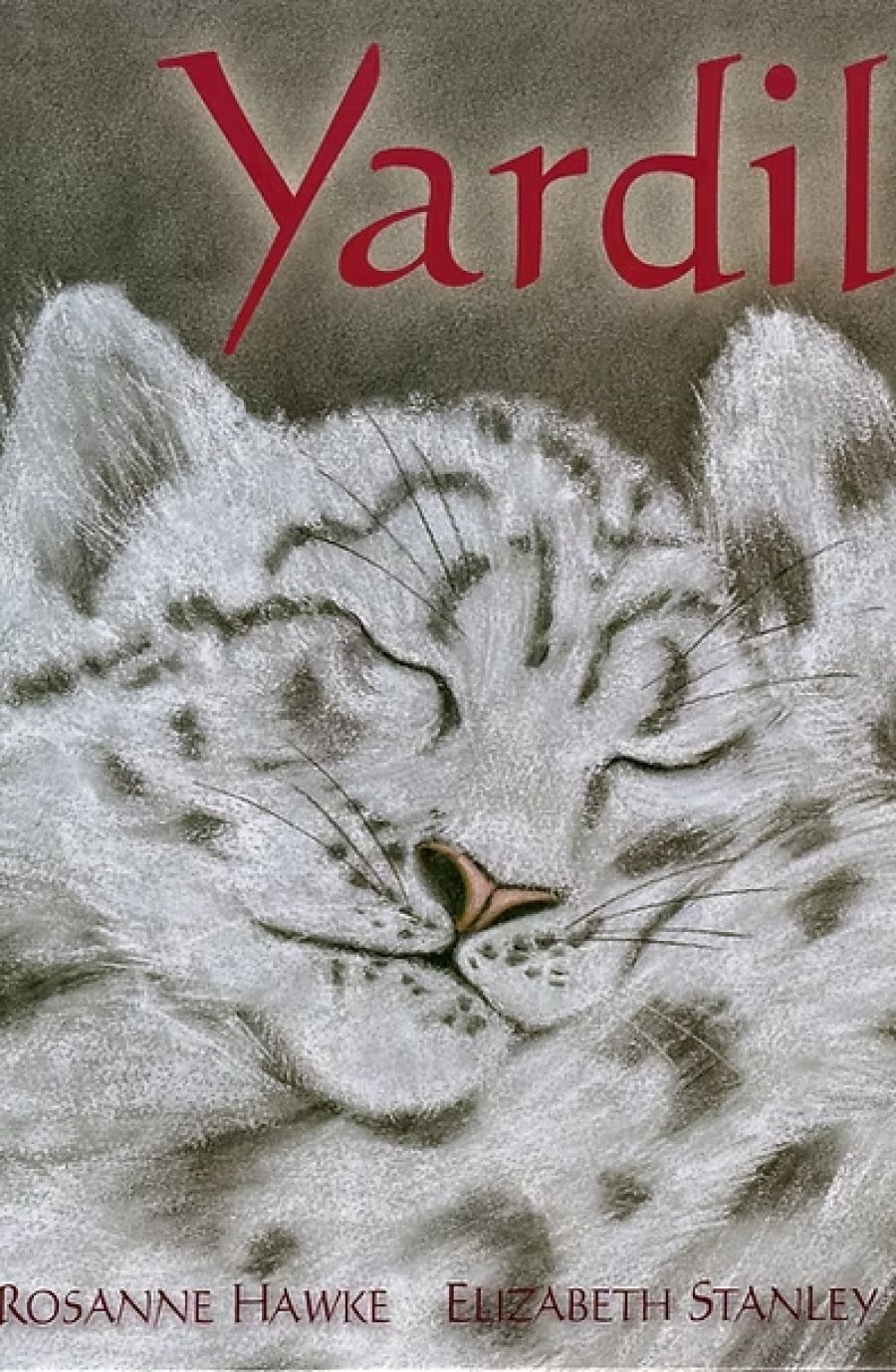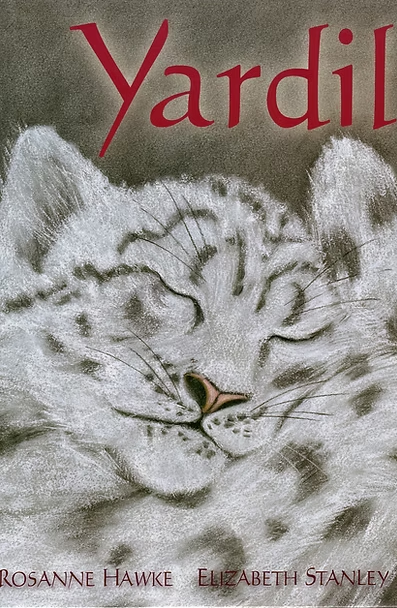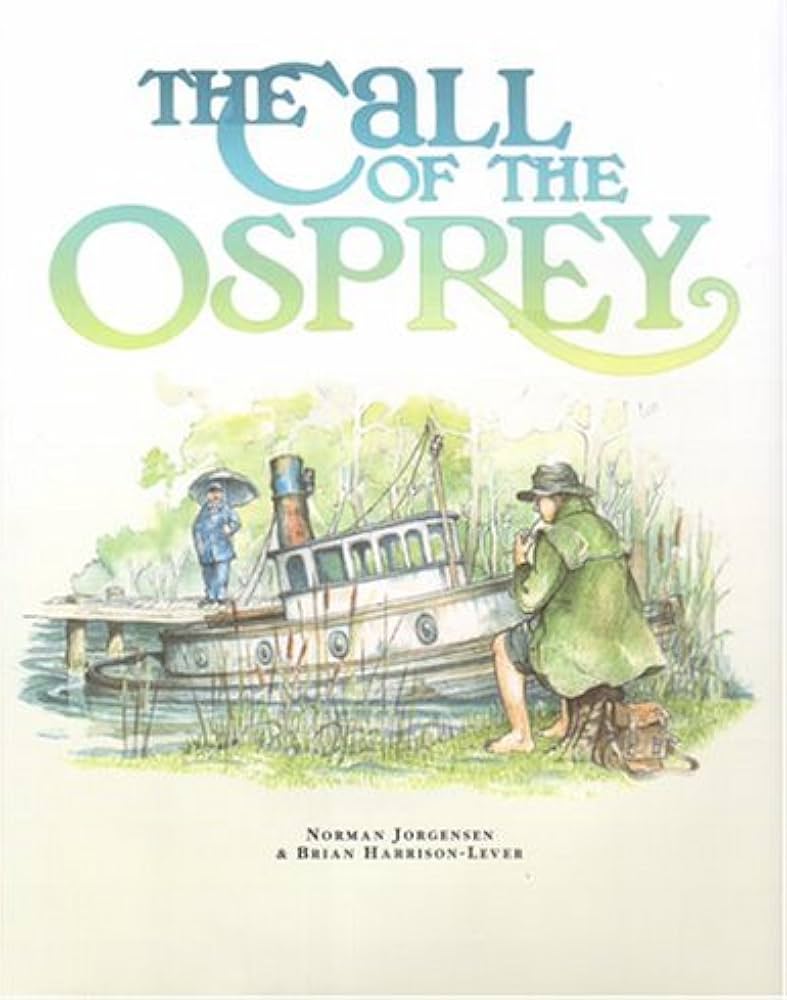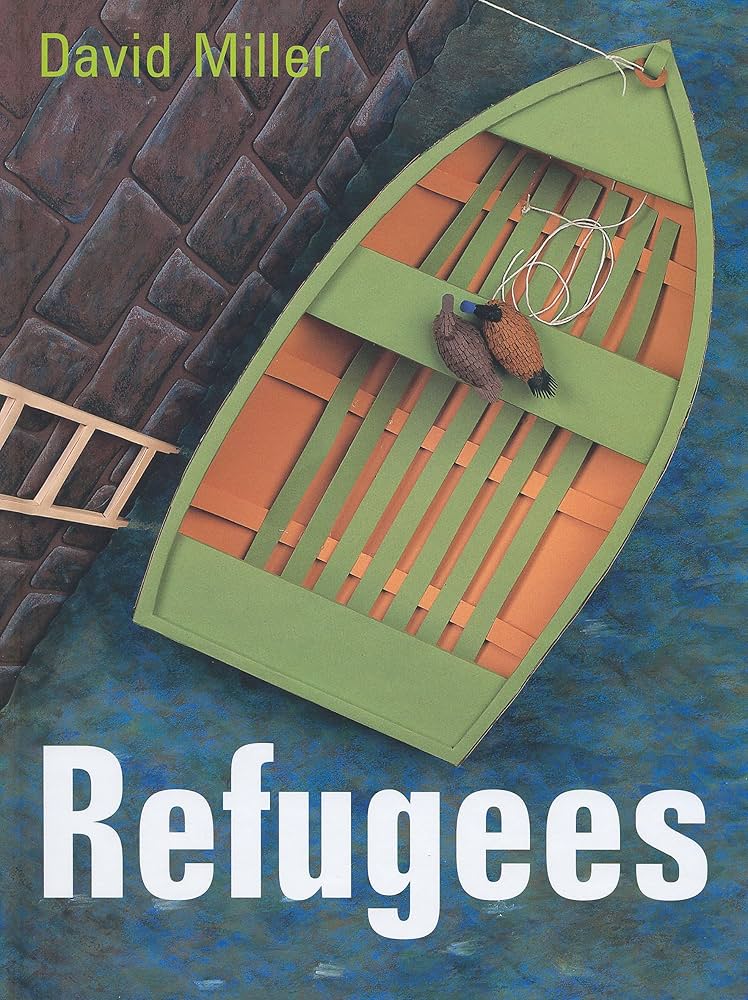
- Free Article: No
- Contents Category: Children's Fiction
- Custom Article Title: Sherryl Clark reviews 5 Children's Books
- Review Article: Yes
- Article Title: Animals, Boats and Shacks
- Online Only: No
- Custom Highlight Text:
Stories from the past have not enjoyed great popularity with Australian children or publishers in recent years. Historical fiction has been limited to the ‘My Story’ kind of book, and we rarely see historical nonfiction picture books such as those published in the US. It is interesting, therefore, to look at a range of Australian picture books that tackle stories from past eras, and to consider the ways in which their authors choose to bring them alive.
- Book 1 Title: Yardil
- Book 1 Biblio: Benchmark, $27.95 hb, 32 pp
- Book 1 Cover Small (400 x 600):

- Book 1 Cover (800 x 1200):

- Book 2 Title: The Call of the Osprey
- Book 2 Biblio: FACP, $24.95 hb, 32 pp
- Book 2 Cover Small (400 x 600):

- Book 2 Cover (800 x 1200):

- Book 3 Title: Refugees
- Book 3 Biblio: Lothian, $26.95 hb, 32 pp
- Book 3 Cover Small (400 x 600):

- Book 3 Cover (800 x 1200):

Aboriginal author-illustrator Elaine Russell takes great delight in reliving her childhood. The Shack That Dad Built tells about the period in her early years when she and her family lived at La Perouse in Sydney. Her father built a shack just outside the Aboriginal mission, and the beach and sand dunes were ‘the biggest backyard in the world’. The author’s voice is that of a storyteller, natural and musical, and her illustrations are painted in vibrant colours. Each doublepage spread has a heading, including ‘Bush Tucker’, ‘My Secret Garden’ and ‘My Saddest Christmas’. The story is rich in the fun and disappointments of childhood: making friends when starting school; favourite foods; and missing out on Christmas presents. These elements bring the late 1940s close to present-day readers.
Lizzie Nonsense travels even further back in time, to the colonial era. There are echoes of Barbara Baynton and Henry Lawson in this tale of a woman, her daughter and small baby who are left alone out in the bush while Papa takes a load of sandalwood into town. But this is not a dark story: it is about Lizzie, who has a vivid imagination and loves to pretend. Baby is afloat in a boat at sea wild flowers become a bride’s bouquet and boring turnips taste like peaches cream and sweet cakes.
To each of Lizzie’s ‘fancies’ Mama replies, ‘Nonsense!’ And when Papa has been gone a very long time, even the possibility that they can hear him coming along the track is put down to imagination. When he does arrive, we see exactly where Lizzie gets her nonsense from. While author-illustrator Jan Ormerod now lives in England, her West Australian background shines through in the colours and tones of the artwork. Yellows, greens and browns are alternately glowing or muted to provide a real sense of the bush and the hard life of the pioneers, as well as the small pleasures.
The Call of the Osprey is also set in the past, possibly the early 1900s, and its focus is an old boat that is being restored by the captain. Young Tom Stevenson volunteers to help; together they spend many hours over a period of years on the job. When the Osprey finally sails again, Tom is old enough to be the captain.
This is a picture book for older children, with a fair amount of text, and topics such as commitment, hard work and great rewards. The themes are not didactic however, and the reader can enjoy the captain’s tales, as well as Tom’s gradual mastery of the craft of boat restoration.
The illustrations are detailed and realistic, with plenty of blue on every page, and a variety of perspectives to keep them interesting. On first glance. this book looks slightly oldfashioned, which I hope won’t put children off. The story is quietly interesting, and the ending satisfying. I could imagine the old captain already planning for the next boat.
Yardil is a story from Pakistan, inspired by the Kalasha people who live on the north-west frontier. Shazia, the main character, longs to have a snow leopard, which seems an impossible dream. Then one day she find a cub trapped in a prickly bush and takes him home. She calls him Yardil, and will not listen when her mother asks her to take him back. Her father says the snow leopard was sent for a special reason, and so it proves. When Shazia falls into the river, Yardil helps to save her. Eventually, she must return him to his mother and grieves at her loss until the snow leopards come back one last time to see her.
The illustrations are mostly black and white, with some touches of colour for humans. This gives the book a darker feeling than a snow leopard story might suggest, but the Kalasha people are drawn fairly realistically in the chosen medium.
My one quibble is with the formality of the language. It is written in the present tense, with many present participles, which at times sound clunky. I found myself mentally changing it into simple past tense to improve the flow.
David Miller’s Refugees relics on its title to provide a further level of meaning to the story. Two small wild ducks are forced from their home when the swamp is dug up by large, earth-moving machines (probably for another housing estate full of humans). Where can they go? Nut to the beach or the fairground or the busy river. Even when they find another swamp, hunters fire at them and capture them in a box. When they are set free, they are in a new, quiet, perfectly suitable swamp.
Miller works with collage, using clear cut-outs and clever effects. I particularly liked the two brown-feathered ducks asleep in the shooting gallery, surrounded by bright yellow ducks. As an environmental story, this simple tale works well showing how humans have commandeered so much of the world that there is hardly any room left for two small ducks. The title, however, cannot be ignored, and I wondered if the author was trying to load a little too much onto the story. This is a book that would appeal to four- to six-year-olds, on whom the refugee aspect may well be lost.


Comments powered by CComment